
LOADING ...
In response to evolving domestic opinion, eMedals Inc has made the conscious decision to remove the presentation of German Third Reich historical artifacts from our online catalogue. For three decades, eMedals Inc has made an effort to preserve history in all its forms. As historians and researchers, we have managed sensitive articles and materials with the greatest of care and respect for their past and present social context. We acknowledge the growing sentiments put forth by the Canadian public and have taken proactive actions to address this opinion.
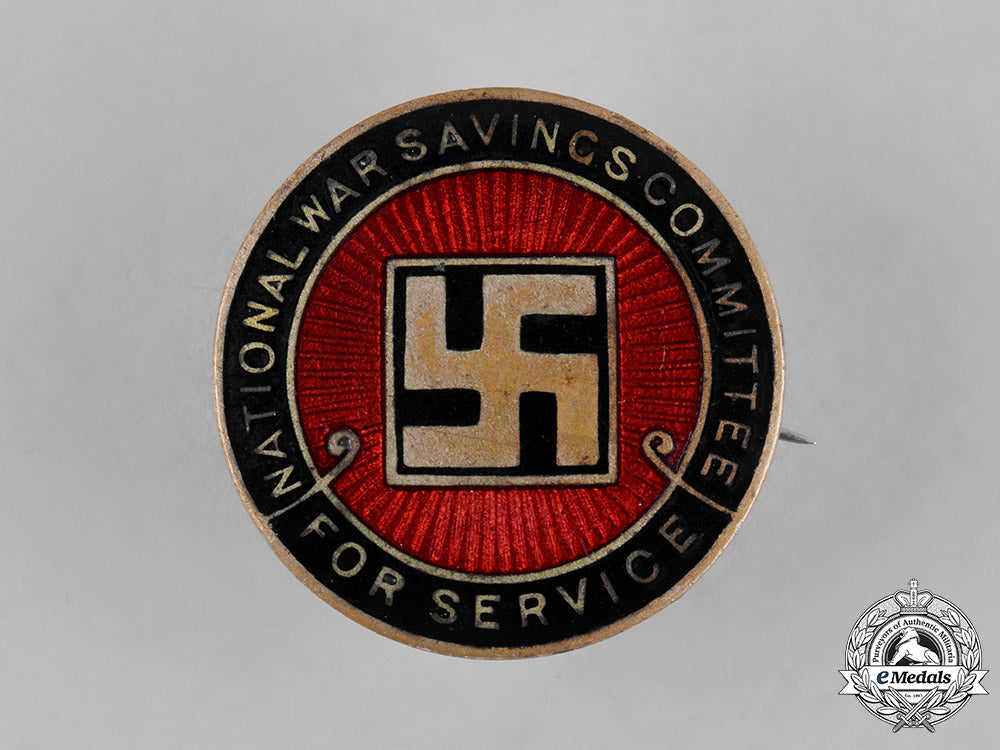
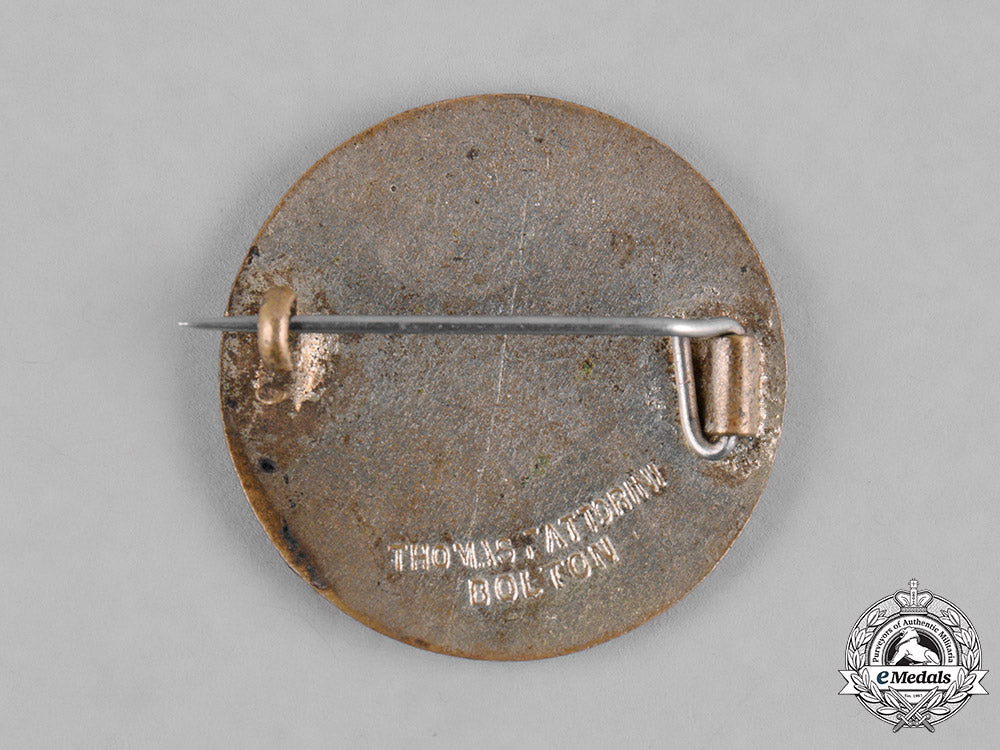
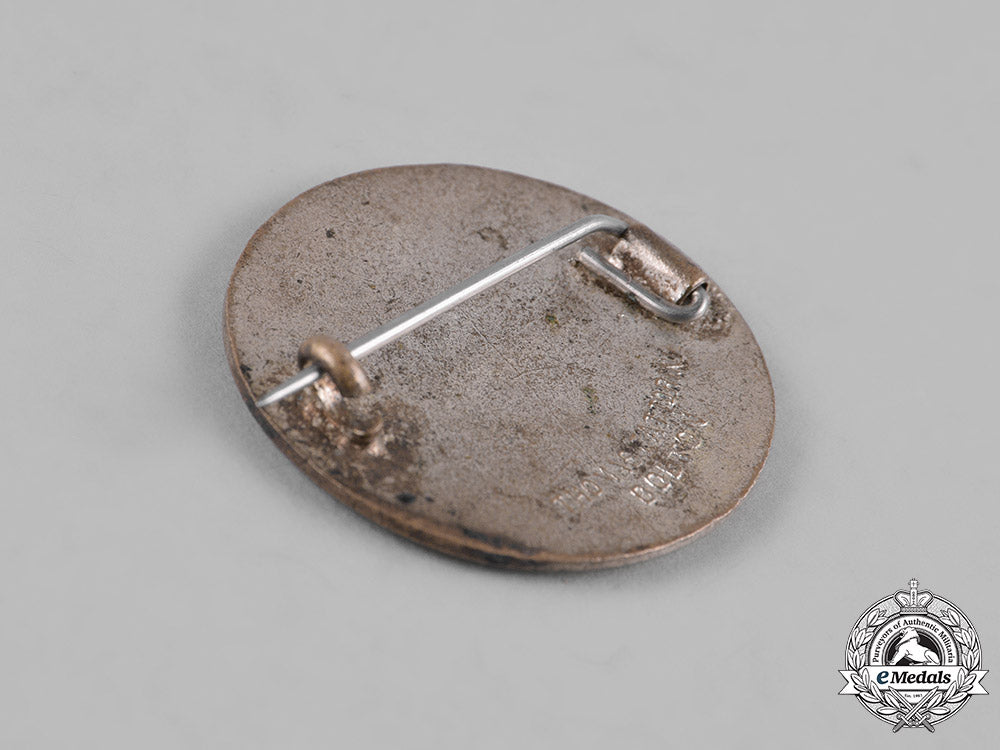
United Kingdom. A National War Savings Committee "For Service" Badge
United Kingdom. A National War Savings Committee "For Service" Badge
SKU: ITEM: GB7265
Current Bid:
Your Max Bid:
Bid History:
Time Remaining:
Couldn't load pickup availability
Shipping Details
Shipping Details
eMedals offers rapid domestic and international shipping. Orders received prior to 12:00pm (EST) will be shipped on the same business day.* Orders placed on Canadian Federal holidays will be dispatched the subsequent business day. Courier tracking numbers are provided for all shipments. All items purchased from eMedals can be returned for a full monetary refund or merchandise credit, providing the criteria presented in our Terms & Conditions are met. *Please note that the addition of a COA may impact dispatch time.
Shipping Details
eMedals offers rapid domestic and international shipping. Orders received prior to 12:00pm (EST) will be shipped on the same business day.* Orders placed on Canadian Federal holidays will be dispatched the subsequent business day. Courier tracking numbers are provided for all shipments. All items purchased from eMedals can be returned for a full monetary refund or merchandise credit, providing the criteria presented in our Terms & Conditions are met. *Please note that the addition of a COA may impact dispatch time.
Description
Description
In silvered bronze with red and black enamels, maker marked "THOMAS FATTORINI BOLTON" on the reverse, illustrating a swastika surrounded by the inscription "NATIONAL WAR SAVINGS COMMITTEE / FOR SERVICE", measuring 29 mm in diameter, horizontal pinback, intact enamels, scattered silvering wear, near extremely fine.
Footnote: The National Savings Movement was a British mass savings movement that operated between 1916 and 1978 and was used to finance the deficit of government spending over tax revenues. The movement was instrumental during the Second World War in raising funds to support the war effort. In peacetime the movement provided an easy and safe way for ordinary people to save small sums of money. The movement grew to around seven million members before ceasing during the 1970s, as more modern methods of saving took over. Savings products promoted by the movement typically offered a low level of return but the safety of a government guarantee. The movement was created in March 1916 as the National Savings Committee and this was supplemented by volunteer local committees and paid civil servants. A number of different organizations were loosely affiliated to make up the movement, including the Trustees Savings Banks and National Savings (previously the Post Office Savings Bank). By 1946, the movement employed 1,190 civil servants at an annual cost of £1.5 million, excluding unpaid volunteers. The amount raised by the movement at that time was £105,000 per week compared with £5 million in 1943. According to a parliamentary answer, in 1950 there were about 185,000 local National Savings groups with a membership of about 7,000,000. The amount of small savings invested was over £6,100 million. The Trustee Savings Banks funds had reached £1,000 million. On March 30, 1966, a ceremony was held at the London Guildhall to celebrate the fiftieth anniversary of the founding of the movement, which was attended by Queen Elizabeth II. On July 30, 1976, the government announced that all 580 civil servants who supported the otherwise voluntary movement would be withdrawn over two years as part of public spending cuts. Without this administrative support the movement was unable to function, and its National Committee met for the last time on February 16, 1978. Attempts to restructure the movement into a more general money management service had failed because of a lack of financial support from the government and the banking industry. The movement was particularly active during wartime, when government spending was heightened. During the Second World War, a War Savings Campaign was set up by the War Office to support the war effort. Local savings weeks were held which were promoted with posters with titles such as "Lend to Defend the Right to be Free", "Save your way to Victory" and "War Savings are Warships". One of the early symbols of the movement was the swastika, but this was replaced with an image of St. George slaying the dragon before the start of the Second World War, after the swastika was adopted by Nazi Germany.
Description
In silvered bronze with red and black enamels, maker marked "THOMAS FATTORINI BOLTON" on the reverse, illustrating a swastika surrounded by the inscription "NATIONAL WAR SAVINGS COMMITTEE / FOR SERVICE", measuring 29 mm in diameter, horizontal pinback, intact enamels, scattered silvering wear, near extremely fine.
Footnote: The National Savings Movement was a British mass savings movement that operated between 1916 and 1978 and was used to finance the deficit of government spending over tax revenues. The movement was instrumental during the Second World War in raising funds to support the war effort. In peacetime the movement provided an easy and safe way for ordinary people to save small sums of money. The movement grew to around seven million members before ceasing during the 1970s, as more modern methods of saving took over. Savings products promoted by the movement typically offered a low level of return but the safety of a government guarantee. The movement was created in March 1916 as the National Savings Committee and this was supplemented by volunteer local committees and paid civil servants. A number of different organizations were loosely affiliated to make up the movement, including the Trustees Savings Banks and National Savings (previously the Post Office Savings Bank). By 1946, the movement employed 1,190 civil servants at an annual cost of £1.5 million, excluding unpaid volunteers. The amount raised by the movement at that time was £105,000 per week compared with £5 million in 1943. According to a parliamentary answer, in 1950 there were about 185,000 local National Savings groups with a membership of about 7,000,000. The amount of small savings invested was over £6,100 million. The Trustee Savings Banks funds had reached £1,000 million. On March 30, 1966, a ceremony was held at the London Guildhall to celebrate the fiftieth anniversary of the founding of the movement, which was attended by Queen Elizabeth II. On July 30, 1976, the government announced that all 580 civil servants who supported the otherwise voluntary movement would be withdrawn over two years as part of public spending cuts. Without this administrative support the movement was unable to function, and its National Committee met for the last time on February 16, 1978. Attempts to restructure the movement into a more general money management service had failed because of a lack of financial support from the government and the banking industry. The movement was particularly active during wartime, when government spending was heightened. During the Second World War, a War Savings Campaign was set up by the War Office to support the war effort. Local savings weeks were held which were promoted with posters with titles such as "Lend to Defend the Right to be Free", "Save your way to Victory" and "War Savings are Warships". One of the early symbols of the movement was the swastika, but this was replaced with an image of St. George slaying the dragon before the start of the Second World War, after the swastika was adopted by Nazi Germany.
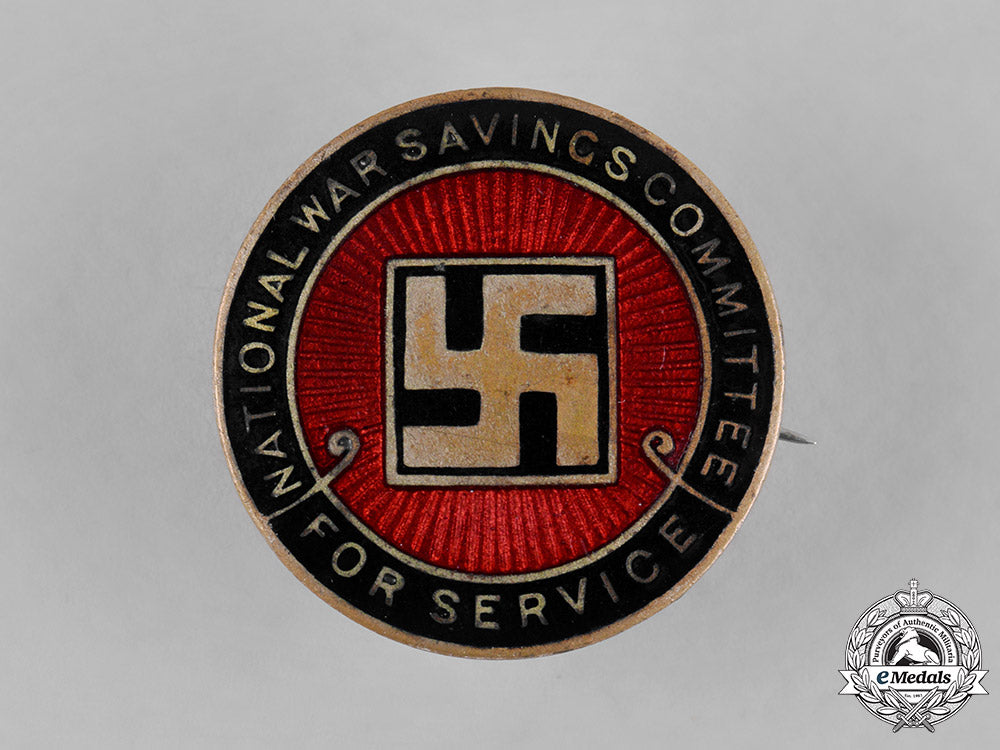
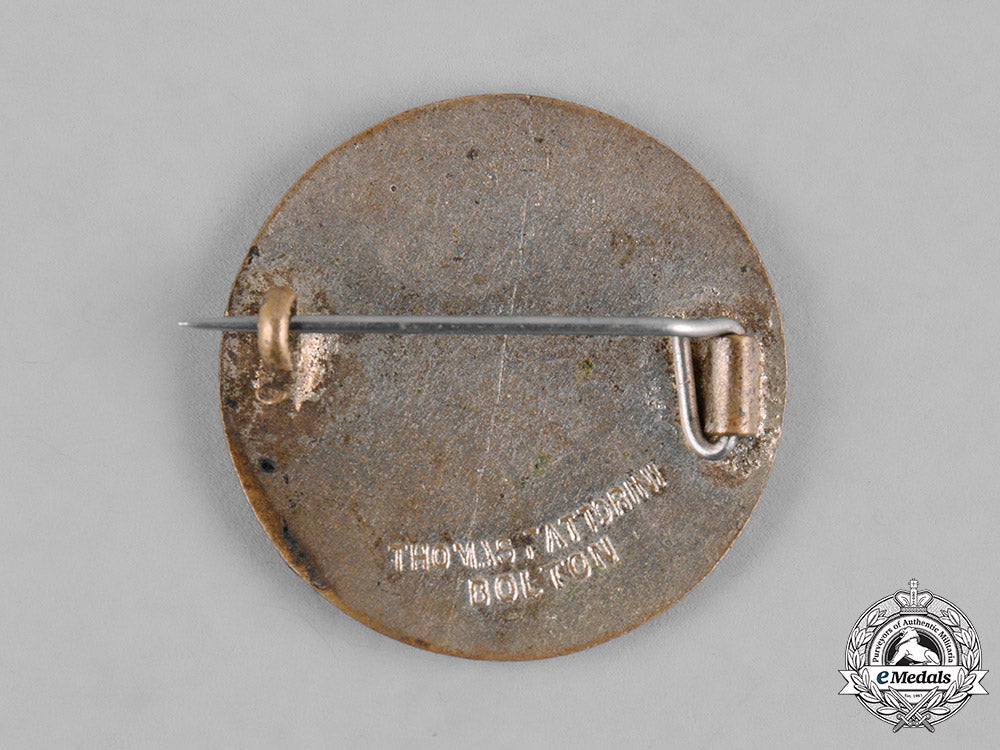
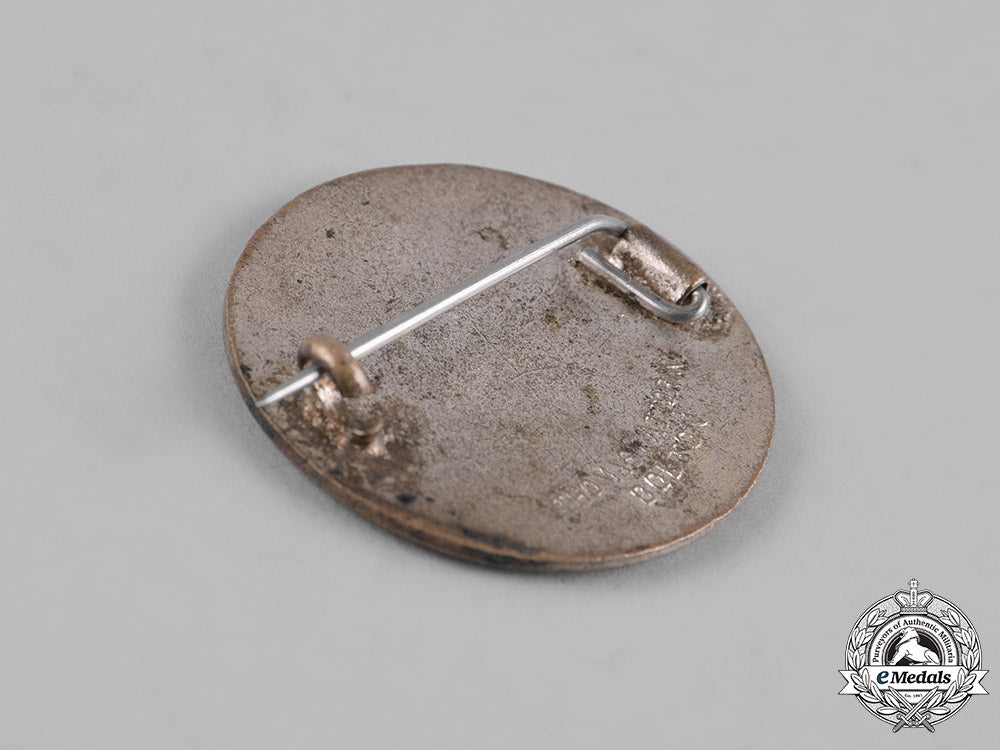
You May Also Like
Germany, HJ. A 1938 National Trade Competition Victor’s Badge, Gold Grade in Case, By Gustav Brehmer
G60096
Italy, Republic. An Order of Merit of the Italian Republic, Grand Cross Set by Johnson, 1970
EU23677
Spain, Franco Period. An Order of Civil Merit, Grand Cross Set
EU23731
Russia, Imperial. An Order of St. Anne, II Class in Gold
EU23720
Austria, Imperial. An Order of the Iron Crown, III Class in Gold, by Rothe, c.1900
EU23723
-
Germany, HJ. A 1938 National Trade Competition Victor’s Badge, Gold Grade in Case, By Gustav Brehmer
G60096
Add to CartRegular price $3,950 USDRegular price $0 USD Sale price $3,950 USDUnit price / per -
Italy, Republic. An Order of Merit of the Italian Republic, Grand Cross Set by Johnson, 1970
EU23677
Add to CartRegular price $950 USDRegular price $0 USD Sale price $950 USDUnit price / per -
Spain, Franco Period. An Order of Civil Merit, Grand Cross Set
EU23731
Add to CartRegular price $600 USDRegular price $0 USD Sale price $600 USDUnit price / per -
Russia, Imperial. An Order of St. Anne, II Class in Gold
EU23720
Add to CartRegular price $2,950 USDRegular price $0 USD Sale price $2,950 USDUnit price / per -
Austria, Imperial. An Order of the Iron Crown, III Class in Gold, by Rothe, c.1900
EU23723
Add to CartRegular price $3,950 USDRegular price $0 USD Sale price $3,950 USDUnit price / per
Do you have a similar item you are interested in selling?
Please complete the form and our client care representatives will contact you.
Sell Item










